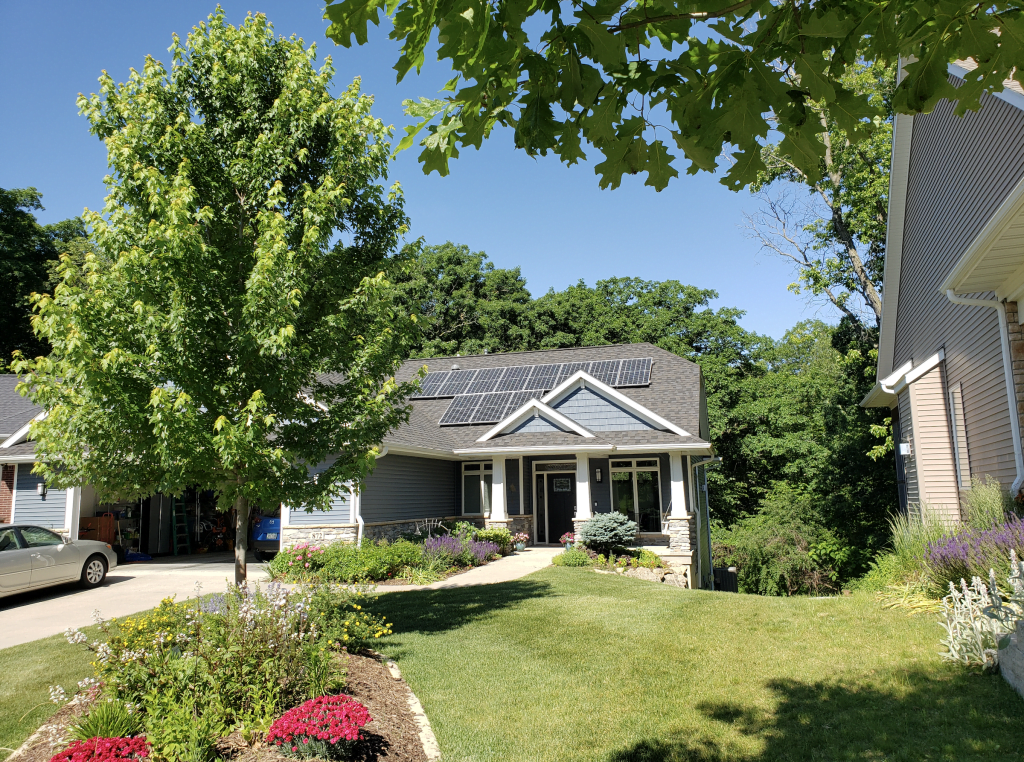Solar energy has gained immense popularity as a clean and sustainable power source. When it comes to harnessing solar power, one critical component is the inverter, which converts direct current (DC) generated by solar panels into usable alternating current (AC) for household consumption. In this blog post, we will delve into the differences between solar microinverters and string inverters and explore why Enphase inverters outshine Hoymile despite the latter’s lower price.
Understanding Solar Microinverters and String Inverters:
- String Inverters:
- Traditional Approach: String inverters have been widely used in solar installations for years. They are typically connected to multiple solar panels in series (forming a “string”) and convert the combined DC power of the entire string into AC power.
- Centralized Design: String inverters are usually placed at a central location, such as on a wall or in a utility room.
- One Point of Failure: Since all panels are connected to a single inverter, the performance of the entire system can be affected if one panel experiences shading, dirt, or any other issue.
- Solar Microinverters:
- Individual Panel Conversion: Unlike string inverters, microinverters are installed on each solar panel, enabling independent DC-to-AC conversion for each panel.
- Decentralized Design: Microinverters distribute the workload across the entire solar array, eliminating the single point of failure found in string inverters.
- Panel-Level Monitoring: Microinverters provide real-time monitoring and reporting for each panel, allowing for easy detection of any underperforming or faulty units.
- Increased Efficiency: By individually optimizing each panel’s output, microinverters can improve system efficiency, especially in scenarios where panels face different levels of shading or have varying orientations.
Enphase vs. Hoymile Inverters: Uncovering the Superiority of Enphase:
- Quality and Reliability:
- Enphase: Enphase Energy is a renowned leader in the microinverter industry, known for its commitment to quality and reliability. Their inverters undergo rigorous testing and are built to withstand harsh environmental conditions.
- Hoymile: While Hoymile inverters may offer a lower price point, their reputation for quality and reliability is not as established as Enphase’s.
- Monitoring and Analytics:
- Enphase: Enphase microinverters come equipped with Enphase Enlighten, a comprehensive monitoring and analytics platform that provides detailed insights into individual panel performance, energy production, and system health.
- Hoymile: Hoymile inverters may have basic monitoring capabilities, but they lack the robustness and sophistication of Enphase’s monitoring system.
- Scalability and Flexibility:
- Enphase: Enphase microinverters are highly scalable, allowing for easy expansion of the solar system as energy needs grow. Their modular design enables flexibility in system design and simplifies troubleshooting.
- Hoymile: Hoymile inverters may have limitations in terms of scalability and flexibility, making it challenging to adapt the system to changing energy demands or expand the installation seamlessly.
- Customer Support and Warranty:
- Enphase: Enphase has a strong reputation for excellent customer support and offers industry-leading warranties on their microinverters.
- Hoymile: Hoymile’s customer support and warranty offerings may not match the level of service provided by Enphase.
In conclusion, while Hoymile inverters may be more affordable, it is essential to consider the long-term benefits and advantages of Enphase microinverters. With their superior quality, panel-level monitoring, scalability, and comprehensive customer support, Enphase inverters outshine their competitors in the market. Investing in Enphase ensures reliability, increased efficiency, and the ability to maximize the potential of your solar power system.
Remember, when making decisions about solar inverters, it is crucial to assess not only the upfront cost but also the long-term benefits and the overall performance of the system. By choosing Enphase, you invest in a superior product that will provide peace of mind and optimized energy production for years to come.

